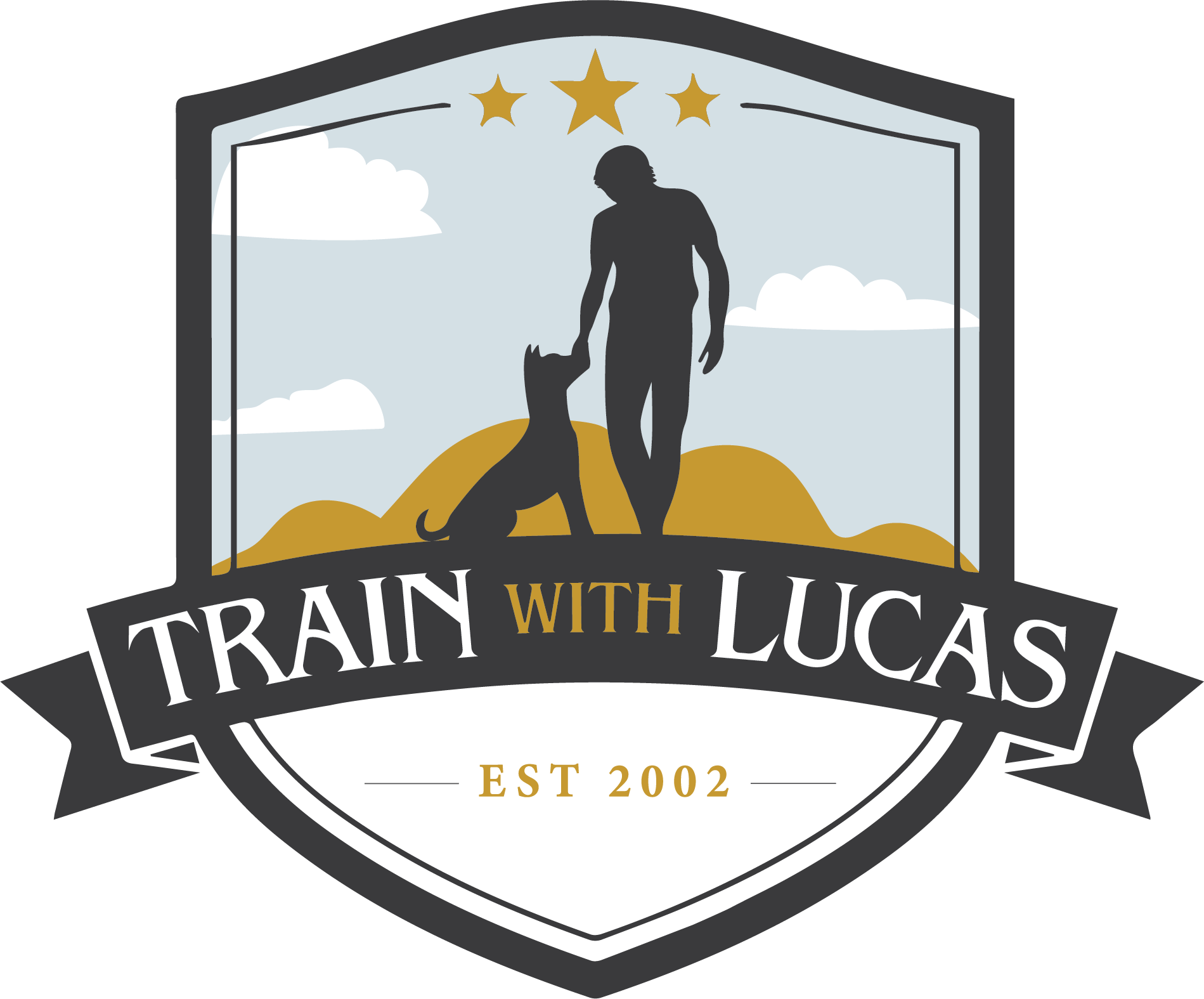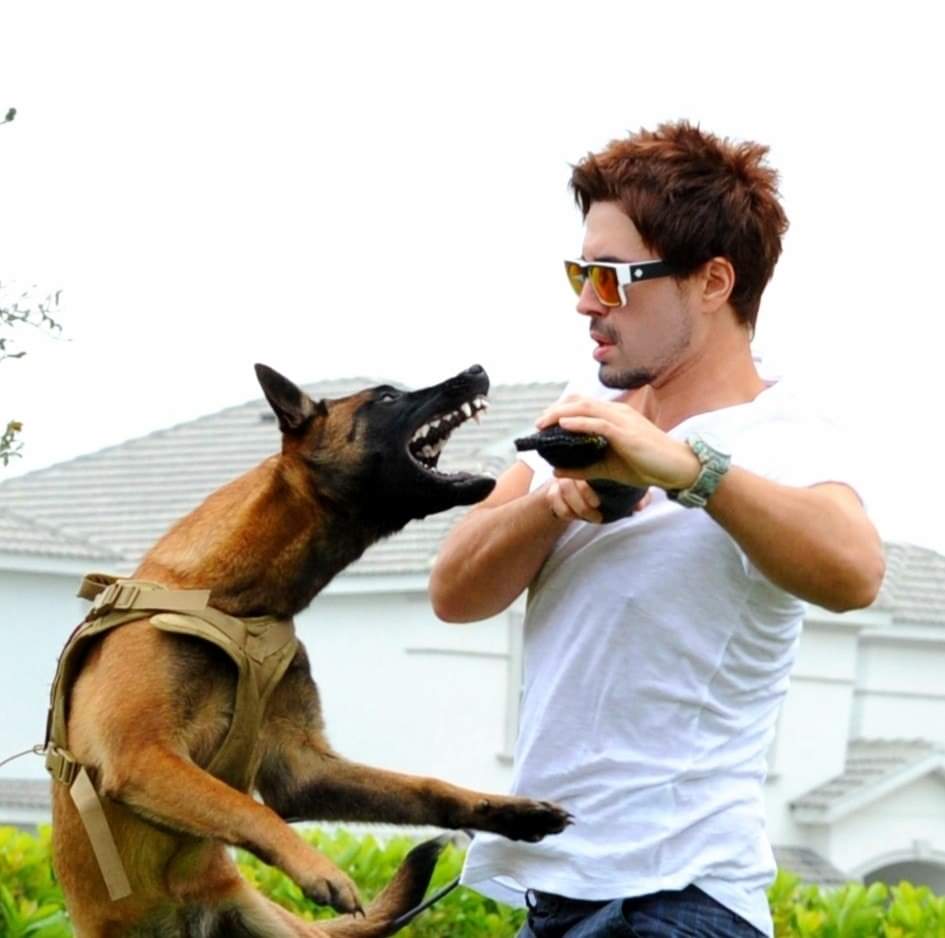Frequently Asked Questions
Q. If I’m receiving my puppy from imprinting, which segment do we start on?
A. While you should watch every single segment, you can skip segment 2 (second week homework muscle memory) and then find which step your puppy is at on each behaviour and continue to progress the behaviour from there.
Q. How many times a week should I train my puppy?
A. Ideally you want to put some time away every single day for training, but it’s very dog dependent. Some dogs do best training 4 days a week and some dogs do best training 7 days a week.As a rule of thumb never train until the puppy is refusing food, make sure to leave them wanting more.
Q. Are there any tips on holding myself and the dog accountable that you can give me?
A. Set up jars around the house with food in them in the spots that you need to ask your dog for something, such as near doorway or by the crate. Its’ much easier to follow through when you have reward right there and don’t have to walk all the way to the one stop you keep reward.
Q. How should I structure my socialization program for my puppy?
A. Take a character baseline of your puppy when you receive it, meaning pay attention if your puppy is scared of certain things. If your puppy is sensitive to certain environments, being handled, other dogs or people, or objects entail socialization specific to the needs of your puppy for instance if your puppy is crazy about other dogs that will not be the focus of your socialization. Our goal is to have an all around puppy who is adaptive to all environments and social situations.
Q. Is it normal for my puppy to not listen to me after coming home from imprinting?
A. It’s completely normal if your puppy isn’t following commands when it first gets home. This can be from stress or the inability to read your body language clearly. Make sure your puppy has settled in before you begin to work with it. It is also possible that your puppy hasn’t generalized commands to different voices, so stay with the training and if necessary go back and work on step one of the behaviour that your puppy needs. If you find yourself still needing to give your puppy physical help even though it was verbal for the trainer, it is most likely because it hasn’t generalized the behaviour to your voice and you need to attach that cue to your voice in order for them to respond verbally over time.
Q. When should I do the negative reinforcement, positive punishment section with my puppy?
A. Wait until at least 6 months of age and make sure your puppy understands every single behaviour fully before moving onto that section.
Q. What tips can you give me so that I can have the most successful training sessions with my puppy?
A. Make sure you never work with your puppy if you’re frustrated. If you do find yourself getting frustrated with something because they are not getting it or they are not listening, end the session on a good note and put them away. Come back to the problem at a different time. Puppies do best when sessions are positive and fun for the puppy.
Q. Should I leave placemat out when not training and allow my puppy to get on and off as they please?
A. Once you start training and the dog has been habituated on the placemat and it has been neutralized, it’s important not to leave it out so that your dog doesn’t pollute the behaviour by getting on and off. Also when you’re working on different behaviours don’t leave it down in the space you are training as dogs will be drawn to it and it will be a big distraction.
Q. Where do I initially start my training sessions?
A. A quiet space away from distractions that can interrupt training sessions. As the puppy gets better you can begin to diversify environments.
Q. When is the optimal time to train a puppy?
A. When the puppy is at its highest energy, has been fasting, and is at its highest hunger drive. Crating before and after a training session is useful if a puppy is motivated by social attention. Crating the dog before training will produce a dog that is deprived of this reward. Crating the dog after training as well will make the discrimination the it is the training that is associated with the reward. Clear to the dog the idea is that the dog never gets social interaction for free. This will show the puppy that the interaction of training is not free.
Q. Is it ok to allow my puppy on the furniture?
A. While I don’t personally recommend that puppies be allowed on furniture, I do believe that when a dog earns those privileges as they mature and have no behavioural issues, we can make allowances. If you are struggling with a dog who has behavioural issues, especially those related to dominance, you should forego elevated surfaces. However make note, if you do allow couches, make sure it is a black and white rule for the dog and you do not enter the realm of grey areas. Grey areas will only cause confusion and undo stress, therefore black and white rules do best for your dog. Black and white example: no couches at all or couches allowed.
Q. I have fasted my puppy, and I am training when my puppy is at it’s highest energy but my puppy is still not overly motivated about our training sessions. What can I do to increase motivation levels?
A. Using lots of movement while feeding should increase motivation in your puppy. Movement is inherently motivating to dogs as it plays on the prey response in a dog. If you pay attention to the delivery of my reward post terminal marker, I am jumping back and moving as I feed.
Q. When do I use a harness vs a loop lead vs a collar?

